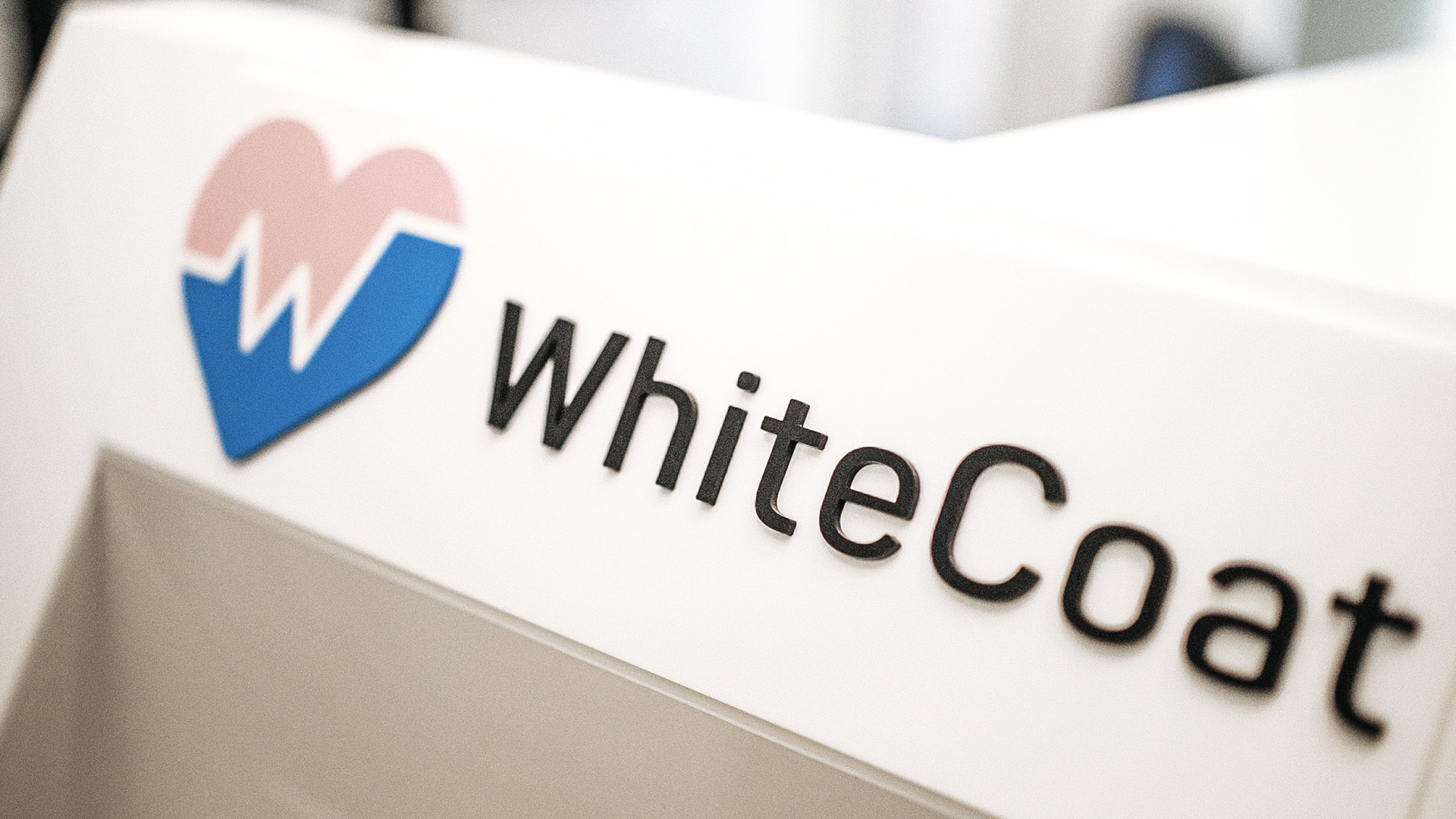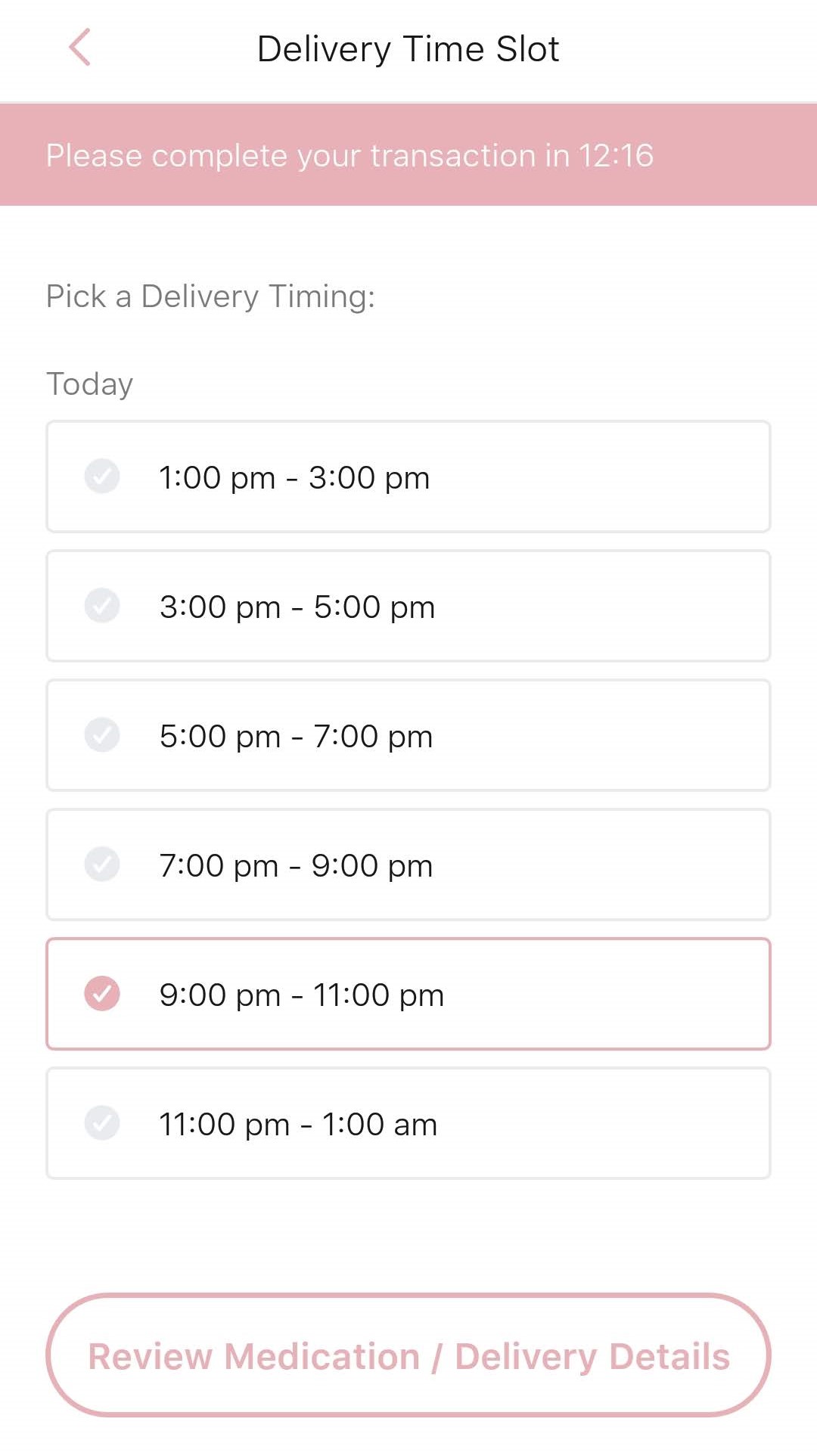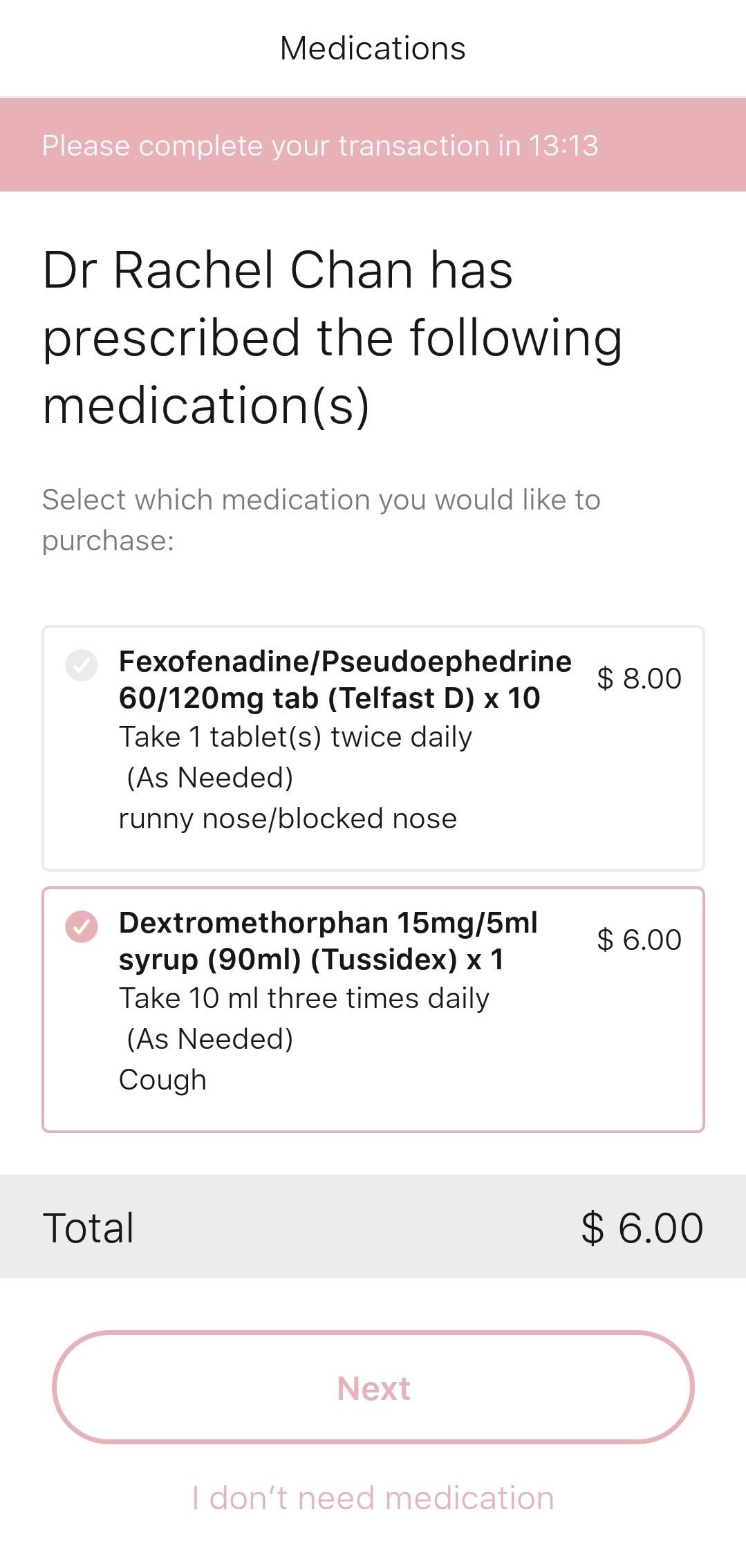These days, almost anything can be done through our smartphones. Be it buying stocks, or even finding love remotely, the possibilities seem to be endless. However, when it comes to healthcare, most are skeptical as to whether it is functions as well as visiting a doctor face-to-face.
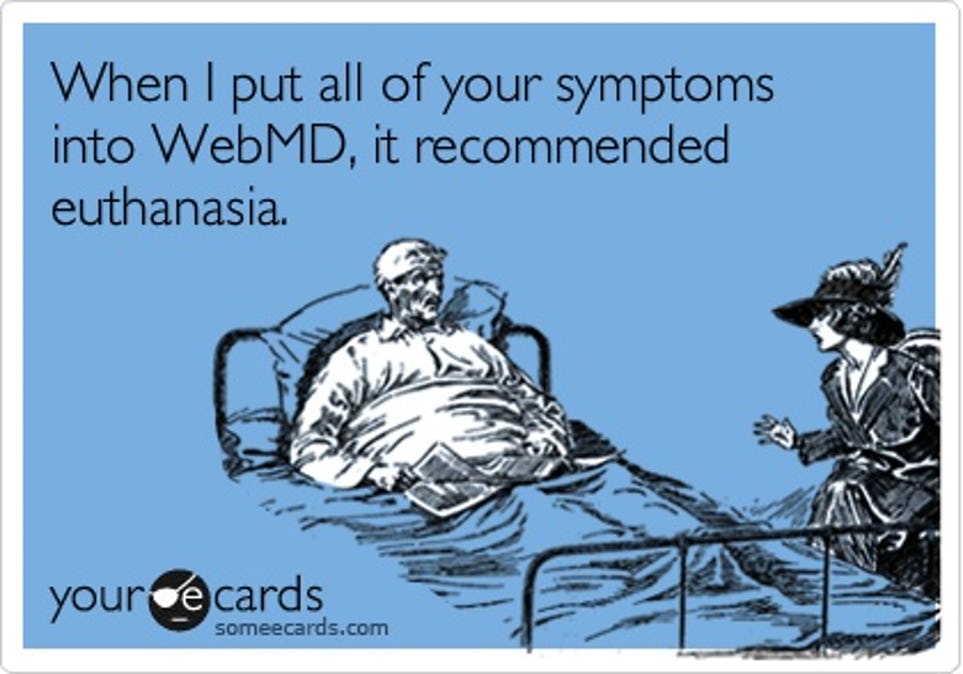
Digital healthcare is at its infancy at the moment, with the ones most people are aware of such as WebMD are rudimentary at best. As such, WhiteCoat is planning to disrupt the healthcare market with their release of the WhiteCoat app. Promising accessibility and affordability through remote doctor-to-patient interactions, we share on whether these boxes are checked when it comes to our experience using it.
Accessibility
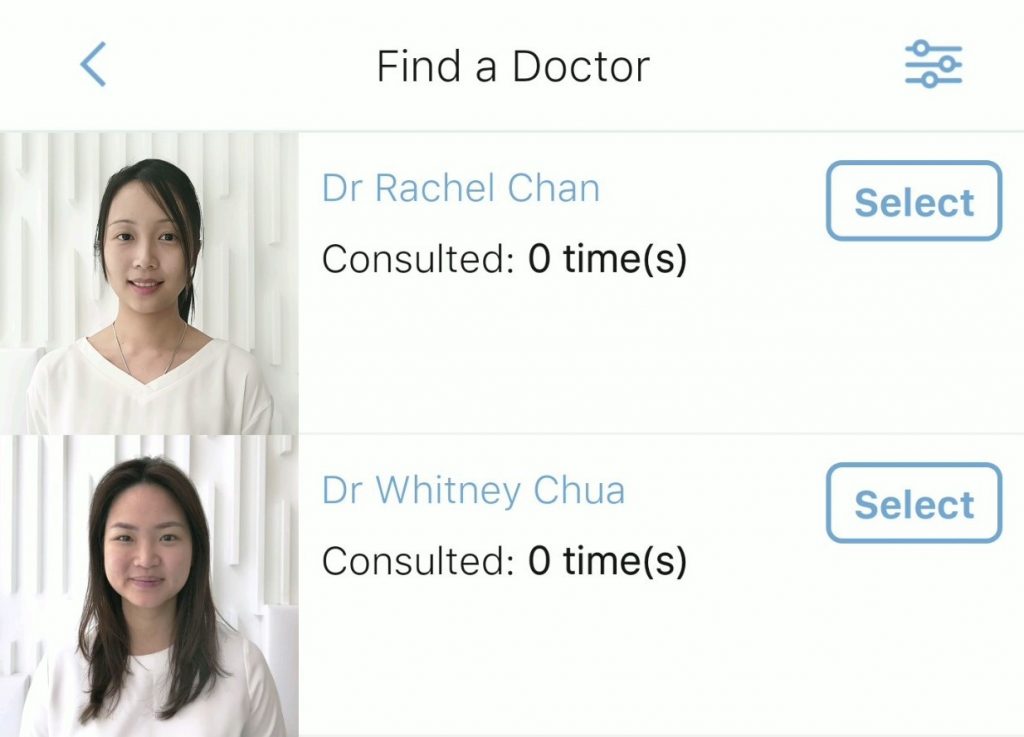
By having their services available through a smartphone app, it is extremely convenient for anyone to seek a doctor’s consultation in the comfort of their own homes (or basically anywhere). As an added bonus, you can also skip waiting in line with other sick patients.
Once your consultation is completed, everything works similarly to shopping online (e.g. Taobao). You can view what is prescribed to you by the doctor, and even have the flexibility to select which medicine to get. This gives the user the final say of which medicine he/she will actually be buying.
You can even select the timing when your medicines are delivered to you, with same day delivery being possible. Yes, you do not need to leave your house for the entire process. If you do leave your house, you can schedule the delivery to as late as 1am.
Practicality
When it comes the actual consultation with the doctor, it is done via video call. This simulates well enough the face-to-face custom that we are used to in a visit to the doctor. Video and audio quality is decent, with the delay also being negligible. Necessary information that the doctor needs to convey to the patient is done as per norm, and without much issue.
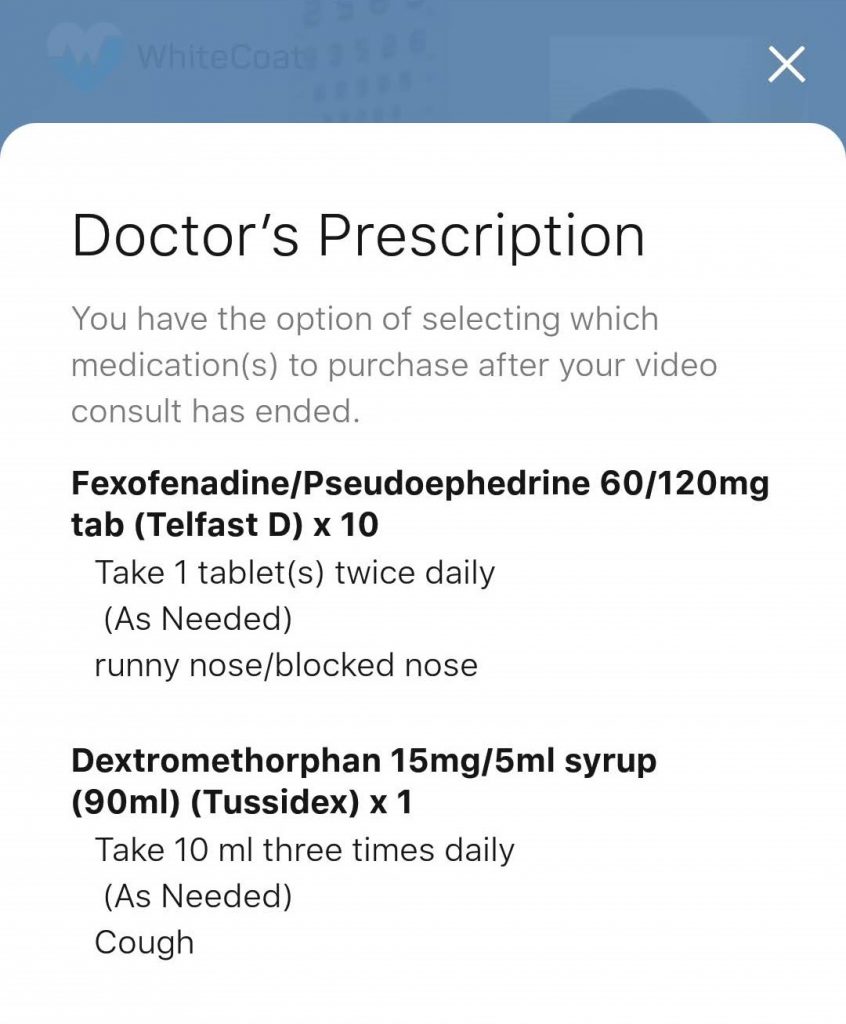
But what makes this app unique is the viewing of the list of prescription drugs made by the doctor, even while the call is taking place. You can clarify the drugs that are to be prescribed if you are unsure. This transparency is a great move, while also improving trust between the patient and doctor.
In spite of the improvements that smartphones can bring to the table, there is one limitation. As the smartphone’s front camera is acting as the eyes of the doctor, its quality and clarity is variable at best. For example, when it is used by the doctor to diagnose the patient’s throat health, it can be rather difficult to do so. As the video stream might not be clear enough, it might affect the doctor’s ability to diagnose the illness accurately.
Affordability
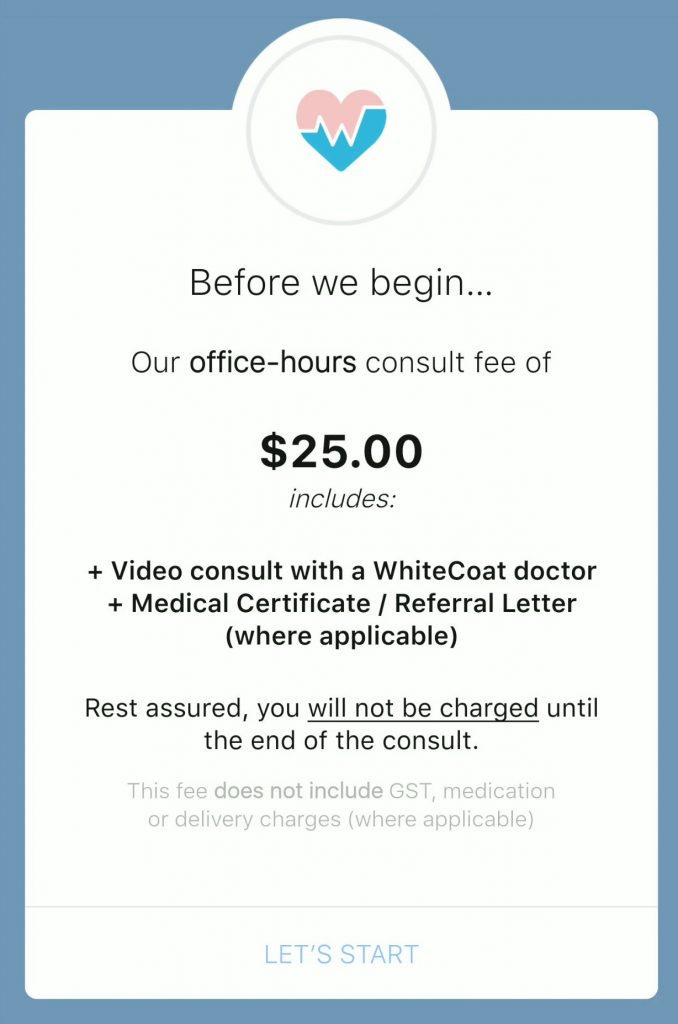
When it comes to their second aim, affordability, it is on the cheaper end when side-by-side other private clinics. Although, it still does not beat the subsidized rates of the government’s polyclinic of $13.20 (against WhiteCoat’s $25). Considering you do not need to travel to/from the clinic when you are already feeling unwell, it can still be worth it. You would also be avoiding the extremely long waiting times that polyclinics are well-known for.
Should you try?
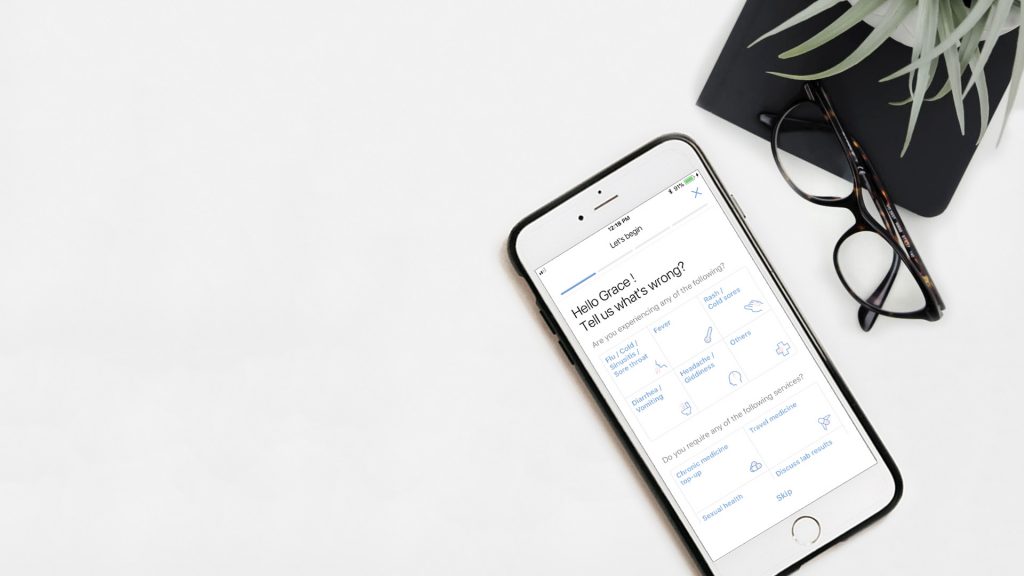
When it comes to breaking the norm, and WhiteCoat is aiming to do just that. The benefits are clear, with its convenience being the reigning champion. It would be worth consideration if you do not already have a trusted doctor whom you always visit, or if the sickness is not so serious.
It should also be noted that this experience is a trial of the service under the corporate engagement programme, and does not involve any promotion or offer.


